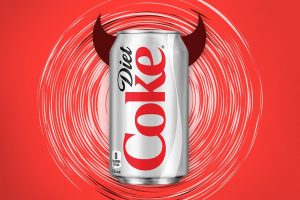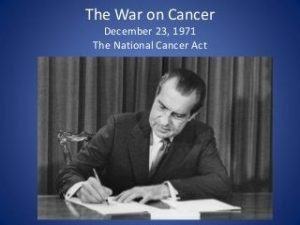
Sugar Alert – Are Fruit Juices Liquid Candy?
By Dean L. Jones, C.P.M.
Medical experts agree when blood glucose levels fall, an offsetting amount of adrenaline is released into our bodies. Whenever our blood glucose level falls below normal this is called hypoglycemia. The basic signs and symptoms include shakiness, sweating, altered thinking and even a subtle change in behavior.
For children, this adrenaline release occurs at higher glucose levels than it does in adults. The peak of their adrenaline surge comes about 4 hours after eating. It is not exactly caused by high sugar amounts, but highly refined sugars and carbohydrates that enter the bloodstream quickly and produce a more rapid rise and fall in blood glucose levels.
Refined sugars also affect insulin control, which decides how much fat our children will store for the rest of their lives. This is why it so important to know that sugar is not just found in sweets or junk cereal. Food product labels show sugar, sucrose, glucose, dextrose, sorbitol, or corn syrup in just about everything.
For that reason, be sugar alert about consuming most fruit juices that I call liquid candy. Packaged fruit juices contain lots of simple sugar without much fiber. Unfortunately, advertising campaigns want us to think of fruit juices as a health food. It is not, for example an 8-ounce serving of Minute Maid 100% Apple Juice contains 21 grams of sugar. Likewise, the same size serving of Tropicana Healthy Kids Orange Juice is 22 grams of sugar. Those small 6.7 ounce serving sizes of Minute Maid Coolers are each 27 grams of sugar.
All the same, whether we chew it or drink it, too much sugar is part of an addictive cycle. Addiction can occur from consuming white sugar, brown sugar, powdered sugar, honey, and sugary syrups, which are all sources of refined sugar. When you eat sugar, it is quickly digested and burned that causes peaks and valleys in your energy level that leaves you craving more, similar to addictive habits derived from smoking nicotine, taking drugs, and drinking alcohol.
Giving your child a breakfast that contains fiber (such as whole-grain oatmeal, shredded wheat, berries, bananas, etc.) should keep adrenaline levels more constant. Packing their school lunch box with delicious, fiber-containing treats (such as whole-grain breads, peaches, grapes, or a myriad of other fresh fruits) will improve their afternoon and evening appetites.
Choose fresh fruits for snacks and desserts instead of processed high-sugar foods. Natural sugars in foods are part of a complex carbohydrate package that provides fuel and energy for your body. Eating natural-occurring sugars in fruits, vegetables, and grains is a healthier way to get your sweets. Sugar combined with fiber and other solid foods metabolizes more slowly and keeps your blood sugar more stable.
Mr. Jones, is a marketing strategist with the Southland Partnership Corporation (a public benefit organization), sharing his view on mismanagement practices of packaged foods & beverages. fffff


